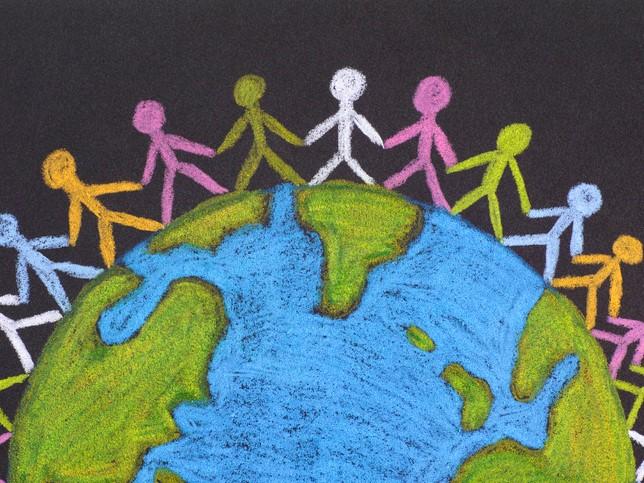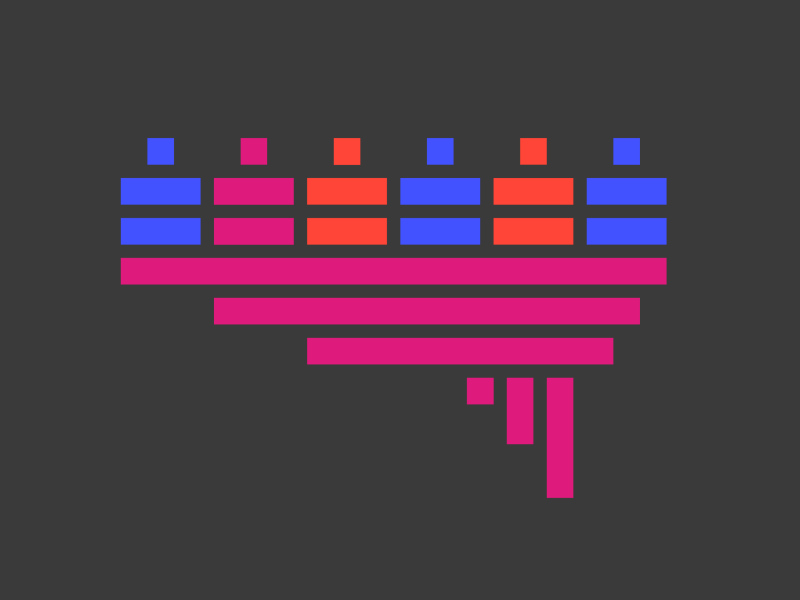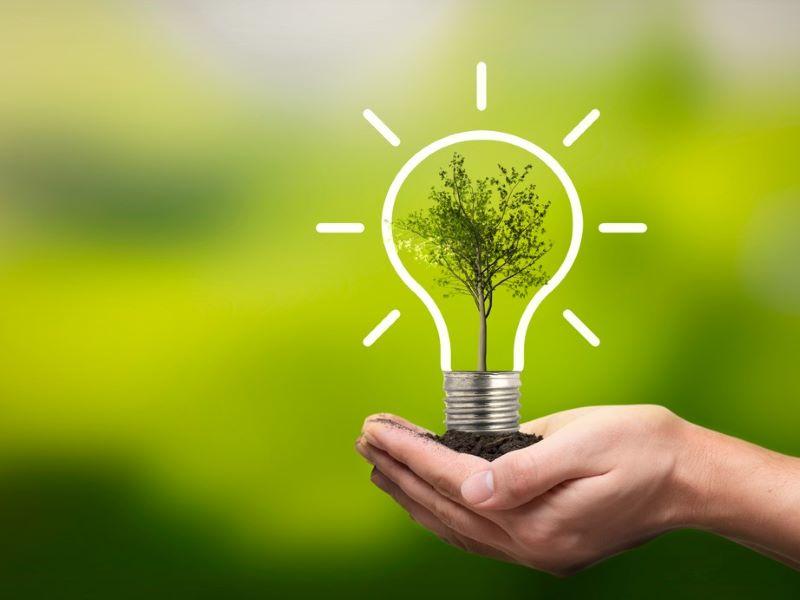Never in human history has the world been more focused on a singular aim: to rescue and resuscitate planet earth. Systematically broken down the 17 Sustainable Development Goals (SDGs), this is the only masterplan to which all world leaders have signed up, and this aim sees all nations, big and small, rich and poor, tasked with achieving the SDGs and ensuring control of consumption that will lead to a net zero carbon future.
The recent Climate Change Conference (COP26) was abuzz with deep debates over what counts as consumption, sustainability and responsibility. Meanwhile, there is vast discordance on how concepts such as “consumption” and “emissions” are defined by developing and developed nations.
So, how can we really understand and apply the SDGs if definitions are, at best, not easily agreed upon? If we are to take up the clarion call to observe and comply with internationally agreed measures, it stands to reason that this must be done with respect to local cultures.
- Spotlight collection: a greener future for higher education
- We’ve forgotten how to communicate science to the public at a crucial time
- International partnerships drive SDG progress – how do we support them?
Japan can give us a lesson in this regard. The reintroduction of the “circular economy” into the 21st century’s popular imagination may mislead some into thinking this is a modern idea, but it is not new by any stretch of the imagination. Although known by a different name, this cyclical practice of using, designing and reappropriating materiality was already commonplace in Japan’s Edo community more than 300 years ago.
To a degree, this explains Japan’s enviable and extraordinary recycling culture today. So, how have they been successful? Among other factors, Japan’s education system – which prizes values and cultural awareness – has been credited for its success. Particularly, Japan’s ongoing efforts in Education for Sustainable Development that involve institutions, educators, youth and local communities ensure that generations of Japanese citizens are educated to understand their individual roles in creating a shared, sustainable future.
After all, counting carbon emissions is really about human behaviour. And human behaviour is teachable. This suggests that, to sustain planet earth, the most fundamental change must take place within the engine of education. But how does education relate to the SDGs, especially if it is itself one of the goals?
The key is to become interconnected. Interconnectedness is understood to be about cultural awareness, biodiversity and sustainability. Thus, initiatives pertaining to sustainability must be located within a country’s historical, cultural and ecological landscape.
So, with interconnectedness at its foundation and education at its heart, this is how we should understand and really apply the SDGs:
1. Interpret an SDG through the local lens
How is the goal worded when translated into local languages? Does the goal have an equivalent or even different meaning? For example, SDG 4, quality education, is among the oldest of the 17 SDGs, and central to this aim is the eradication of illiteracy. In the Western world, the idea of reading has been broadened to cover more than word-based recognition. However, in the Malay language for example, illiteracy is translated as “letter blindness” (buta huruf). This indicates that for a Malay-speaking community, the understanding of quality education and literacy is still narrowly defined as being about letter recognition when, in fact, it should be about the ability to make meaning from multiple sign systems.
For example, a child who spends a lot of time outdoors will eventually be literate in nature’s sign systems, such as weather changes or plant ecology. Using this broad perspective, innovative pedagogies can be introduced into literacy lessons that could apply multiliteracies in environmental themes. This should encourage creative ideas that will champion local versions of good practice that can sustain a balanced biodiversity.
How universities can help: provide a pool of authentic experts who have relevant and long-running experience with the practical problems of local communities so that these experts can become the bridge to connect high-level innovations with day-to-day living.
2. Appropriate an SDG to the strengths of the community
For example, SDG 13 on climate action sets a complex requirement to combat climate change, with one of its aims being to reduce carbon emissions. Carbon emissions will have no immediate relevance to a child in rural Asia, but the child’s carbon-free walk or bicycle ride to school can be lauded as being an important contribution to saving the planet. Further to this, SDG 13 can be appropriated around rewarding those who continue to walk or cycle to school. The goal needs to be applied to the local context so that not just an environmental awareness but a cultural one can be raised, because the culture of net zero is fundamentally about our everyday behaviour.
How universities can help: be the voice that champions and celebrates the strengths of local communities by partnering with local schools and providing mentorship to school students. This will allow young people to know that their actions, even if apparently small, are highly valued and respected.
3. Be prepared to tackle big, complex questions and issues
The application of any of the SDGs requires individual nations to be courageous in confronting difficult questions, especially relating to core issues such as education and livelihoods. SDG 1, end poverty in all its forms, is another goal that underpins all the others. And indeed, developing nations may have to consider poverty eradication above the other goals. Overconsumption is not relevant in a context where basic needs such as food, equitable education and safe shelter are not met. An understanding of a community’s historical trajectory as far as poverty patterns and injustice towards minority groups are concerned, while difficult to address, is key to mobilising the rest of the goals.
How universities can help: encourage honest research that is inclusive of both the humanities and the sciences so that problems connecting society and its innovations can be scrutinised and critiqued. Provide safe spaces for “hard talk” to be had, so the university community sees critical questioning as a necessary part of genuine scholarship, which is not to be avoided.
In sum, our journey may be one, but our paths are many. There is danger in reducing an internationally set structure into a singular narrative, but there is hope in being inclusive and respectful of local perspectives for the greater good of the global community.
Su Li Chong is senior lecturer in the Institute of Self-Sustainable Building in the department of management and humanities at Universiti Teknologi Petronas, Malaysia. She is also head of university social responsibility (education pillar).
If you would like advice and insight from academics and university staff delivered direct to your inbox each week, sign up for the Campus newsletter.




comment1
(No subject)